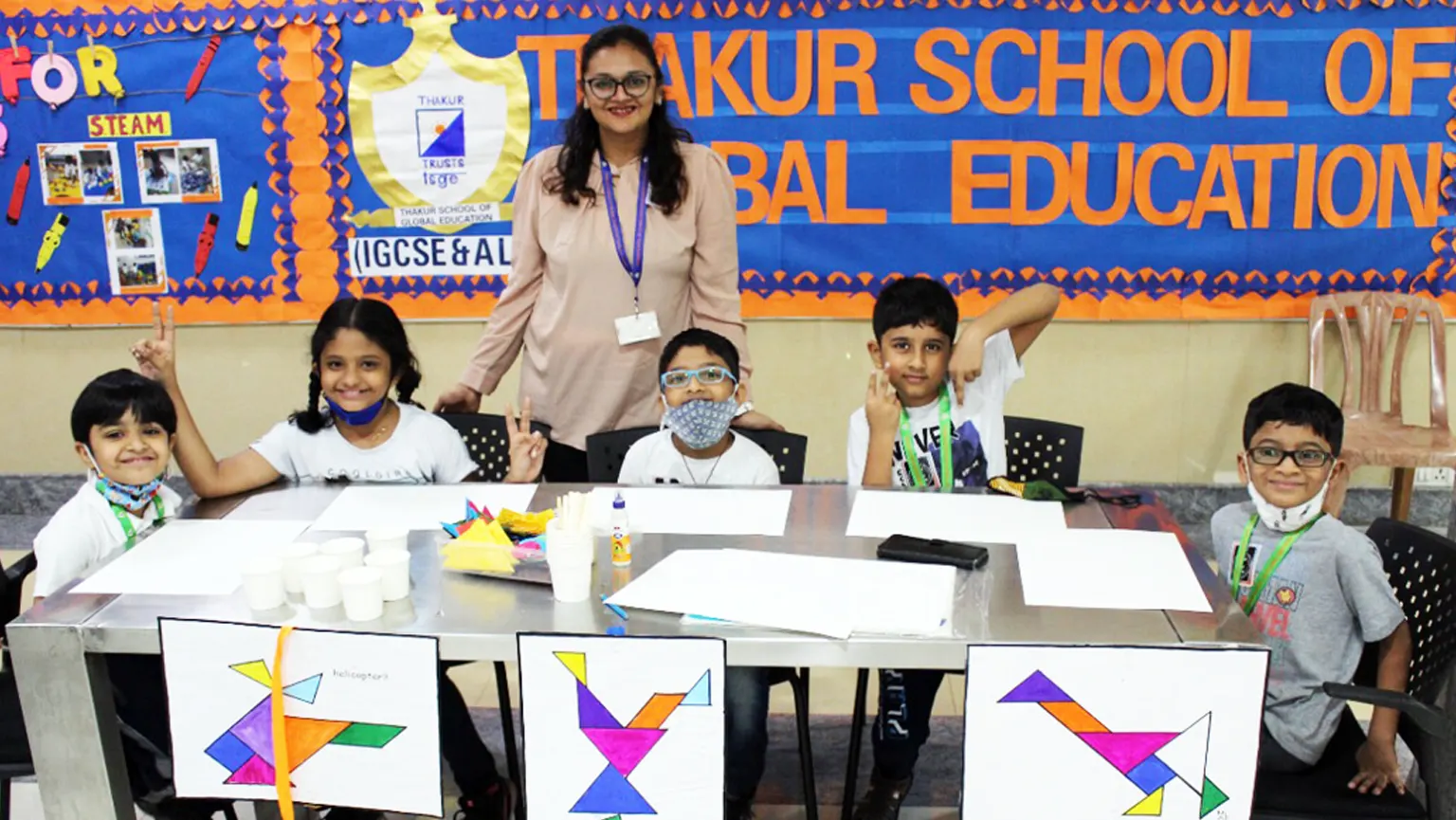As individual attention has grown in importance over time, it has become simpler for teachers to support pupils in reaching their full potential. In their early years of development, students who receive individualised attention build a solid academic foundation. Both teachers and parents should concentrate on creating a collaborative teaching and learning plan that can be tailored based on the diverse needs of the kids, keeping in mind that every student who is present in the classroom comes with curiosity and excitement.
Knowing that every child is special in their own way with different personalities, traits, talents, and skills, individual attention for students becomes necessary since every learner develops and learns at a different rate. Here are the five primary reasons why pupils need to receive individualised attention:
Individual focus can reduce distractions and increase attentiveness.
Children frequently come into contact with several distractions. Today’s kids, unlike those in the past, do not have limited information. They can choose any subject that appeals to them based on their interests because they have access to a wide range of knowledge. In such a situation, classrooms with a lower child-to-teacher ratio may be advantageous for each child to easily capture the teacher’s attention. This has a favourable effect on a child’s desire to learn.
Individual attention can aid in spotting talent
Since not all students are academic position holders, learning takes place outside of textbooks. Others may succeed in extracurricular activities like athletics and the arts. With close attention, these skills can be found. Teachers can recognize a student’s creative abilities and attributes through close engagement and a keen eye, and they can assist in nurturing them with appropriate supervision.
Students with learning difficulties benefit from individualised attention.
The teacher can pinpoint a student’s specific learning issue by giving them individual attention. Only language and mathematical abilities cannot accurately describe a person’s intelligence, claims Dr Howard Gardner’s hypothesis of multiple intelligence. Dr Gardner instead suggested eight distinct skill sets that more accurately reflect the range of a child’s skills. According to the hypothesis, children can learn verbally, visually, kinesthetically, or auditorily. It enables students to openly ask questions of the teacher and better understand the concepts being taught in the classroom.
Individual focus can pique interest and inspire curiosity.
If a student’s needs are met and their voice is heard, whether at home or in class, they may accomplish a lot. A child will acquire a love for learning and maintain their interest if they are taught in accordance with their unique learning style. A child’s interest in the subject area develops when they receive individualised instruction at a speed and level they can grasp. As concepts become more accessible, the child’s imagination is encouraged.
Individual focus fosters a positive learning atmosphere in the classroom.
A welcoming and secure environment is necessary for learning. Teachers can recognise a child’s behaviour, emotions, and physical difficulties with personalised attention. Finding these elements will improve the classroom environment as a whole. These modest actions, such as assigning seats appropriately or pairing students for assignments, go a long way toward ensuring academic achievement. Henceforth, each child can express their emotions without worrying since they feel safe and protected.
Recommended Read :Ways to Improve children’s artistic skills
Numerous studies have shown that individual attention has a positive effect on students’ academic achievement as well as their natural interest and comfort in the classroom. To help students overcome their obstacles more successfully, Thakur School of Global Education provides personalised





